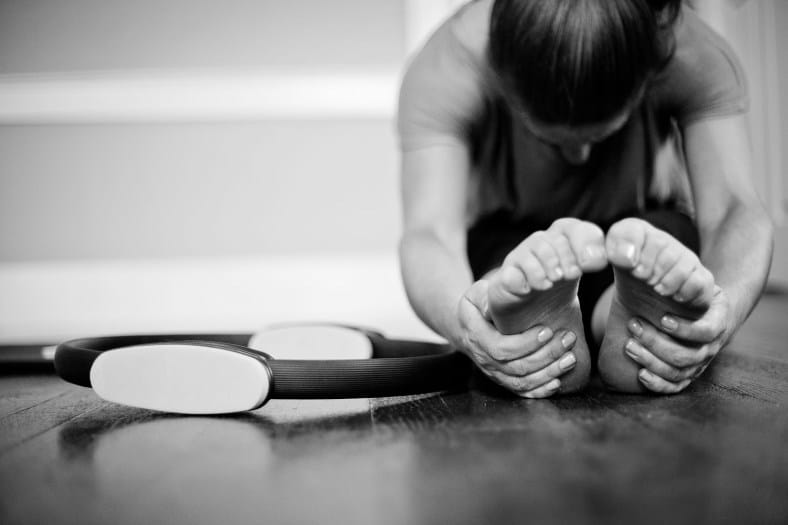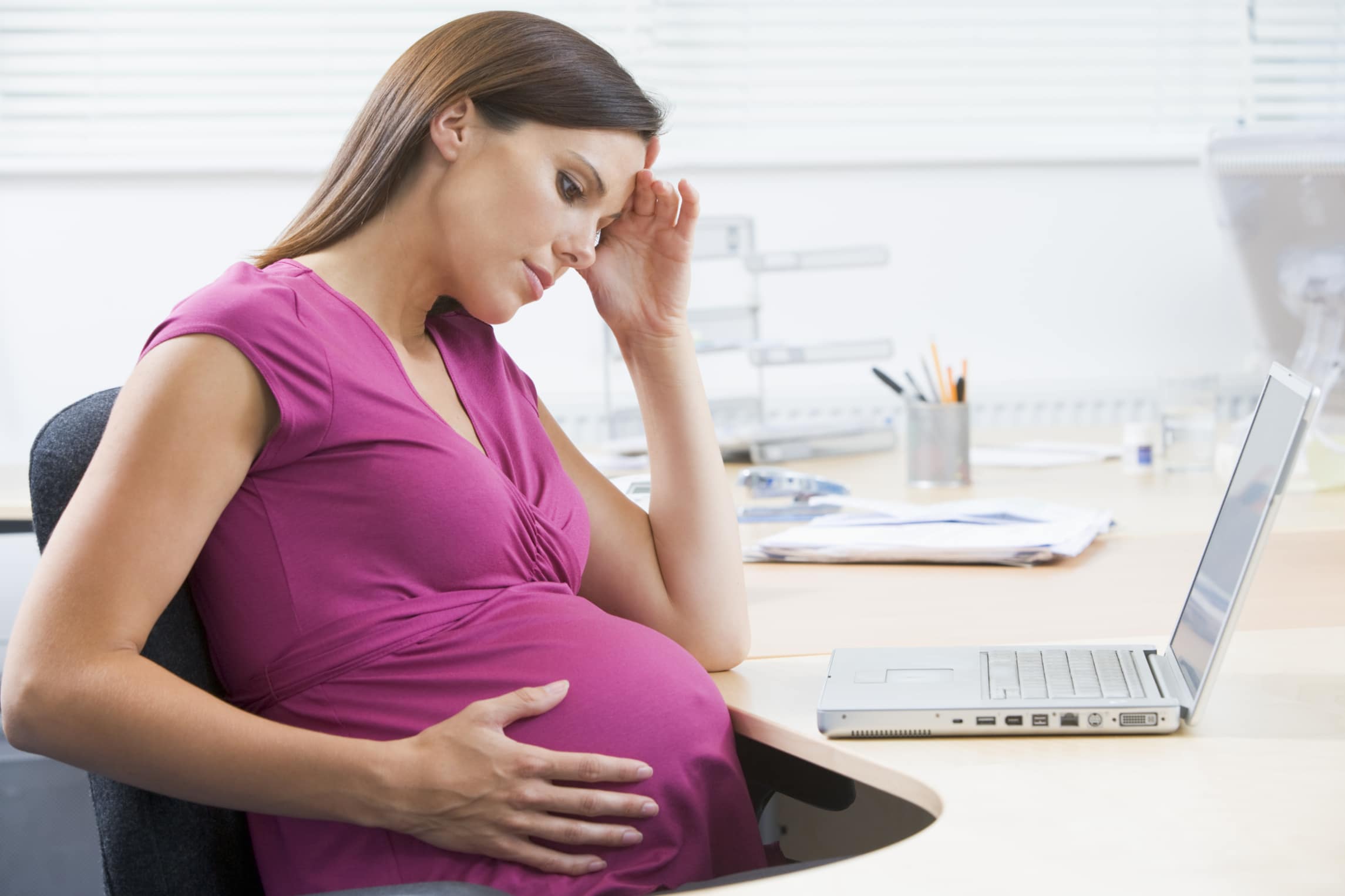
The Pilates principles of core stabilization address posture, breathing, muscle performance and motor control. Pilates sessions break down faulty movement patterns, and enable the practitioner to work on new movement strategies. Pilates can be integrated into any rehab phase, from the most acute to advanced sport-specific training.
Q: What is Pilates and how do you say it?
A: Pilates (pronounced Pi-La-Tees) in named after Joseph Pilates who first devised the exercise program during the Second World War. Pilates is a form of exercise that concentrates on the “core” or trunk area, including the stomach and low back, promoting strength and flexibility in a controlled manner. People who do Pilates often describe themselves as getting “longer and leaner”.
Q: I have some friends who do Pilates mat classes and others who do it on equipment. Is there a difference?
A: Pilates can be done on a mat or the floor, but it can also utilize equipment called reformers that resemble a table with different springs and attachments that alter resistance. There are many different pieces of equipment that are now being used in a Pilates program.
Q: Is it better to take classes or do private lessons?
A: Pilates is a very specific form of exercise, and it is best taught on an individual basis initially. Progressing into small group classes can then be done. Of greatest importance is learning from a highly-qualified Pilates instructor.
Q: Would doing Pilates regularly improve my sports performance?
A: Many people think that powerful tennis strokes come from the arms and shoulders. This is untrue. The power comes from proper weight transfer and rotation of the trunk and hips region. A strong “core” will certainly help the tennis game, and Pilates is an excellent form of exercise for the core region. Pilates can also be made “sport specific” by doing arm and leg movements whilst keeping the trunk stable. In fact, many of the top professional players are now incorporating Pilates into their fitness program to improve their game.
Q: Will I become more flexible and be able to move better?
A: Quite possibly, and in addition to strengthening, Pilates also increases flexibility and will improve any sporting performance. It will even carry over to your golf game!
Q: I have a chronic back problem, is Pilates a good idea?
A: Pilates can be extremely effective for back pain patients. We have seen tremendous results with our caseload of patients, and it is a low impact form of exercise that can be undertaken by people with many different physical conditions. If you already suffer from an ailment, make sure that your Pilates instructor understands the condition and teaches you appropriately.
Written by: Reshma Rathod
Picture from: www.premapilatesbarre.com

